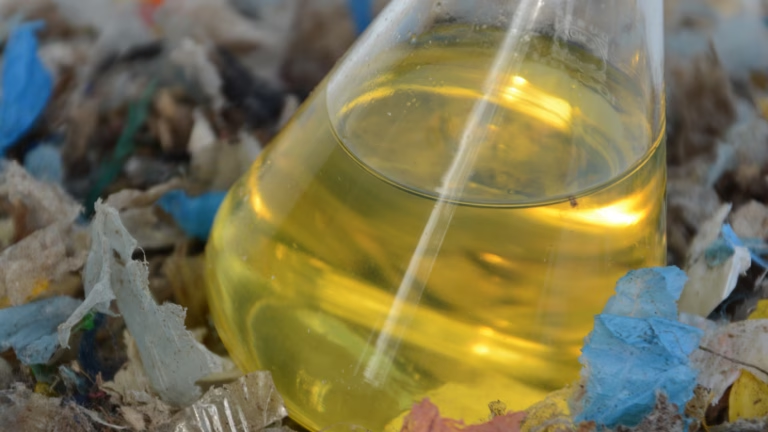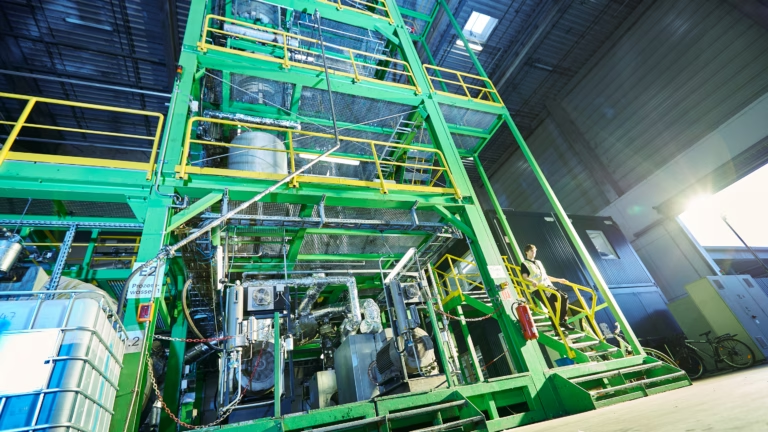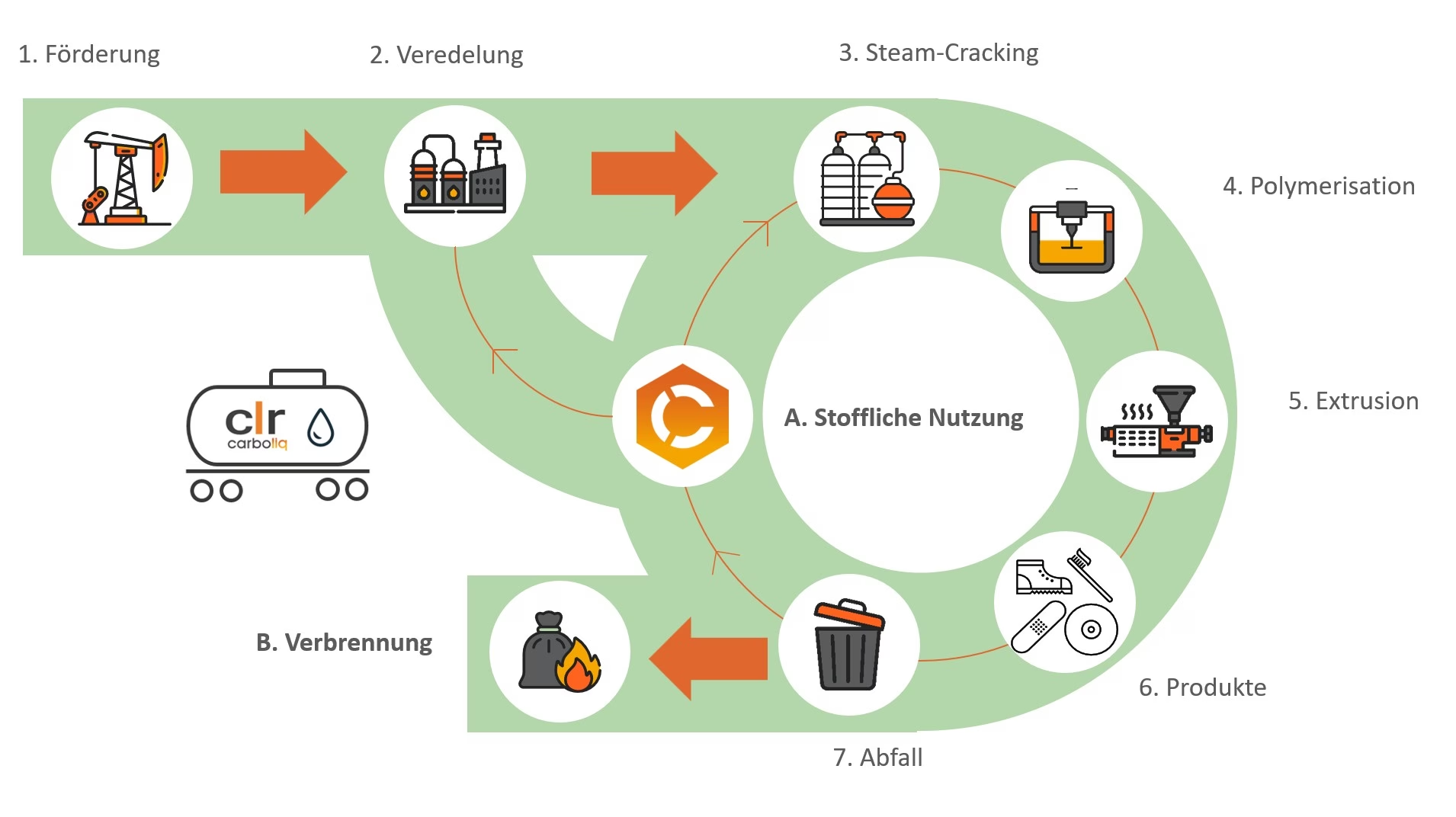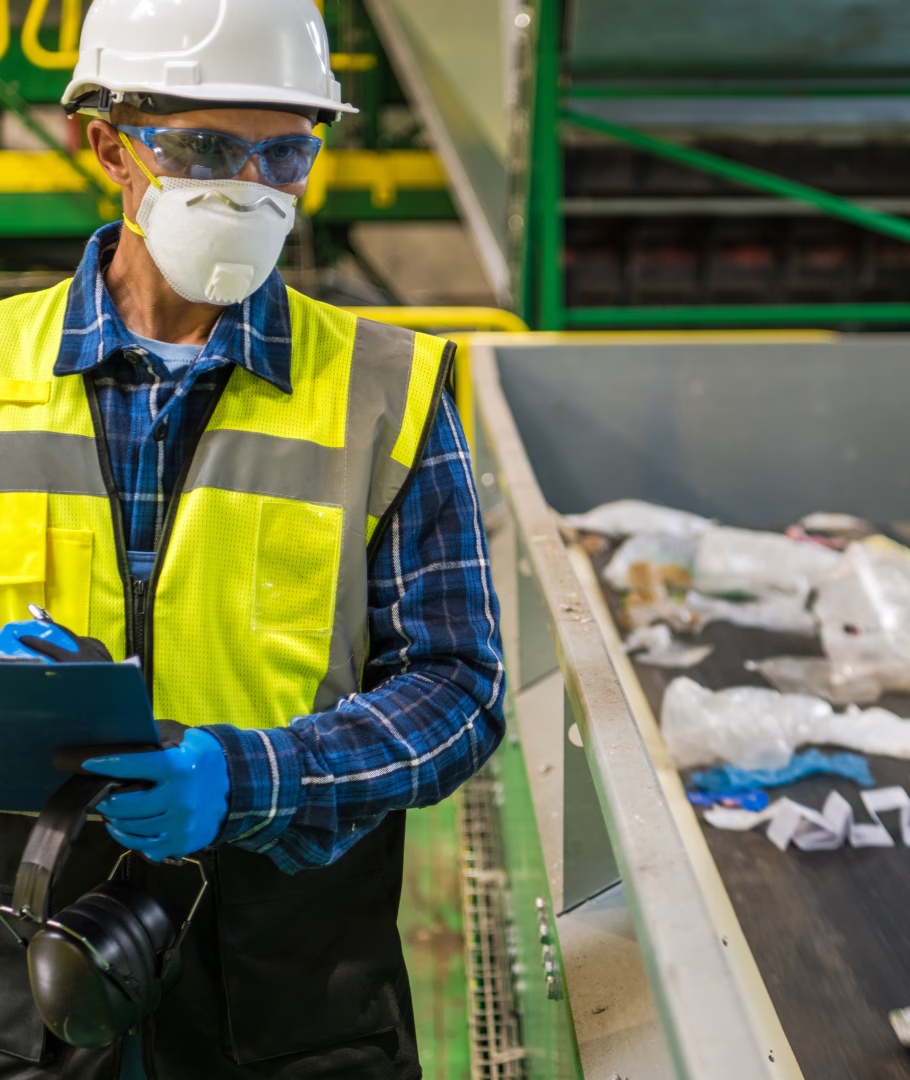Sustainability
Acting sustainably means securing the future
We are becoming increasingly aware that our current way of life is pushing up against the planet’s limits.
If we want to leave behind a livable environment for future generations, we need to change our behavior today.

carboliq technology makes a vital contribution to this effort by converting waste plastic into usable raw materials – avoiding environmentally harmful incineration. If these recovered raw materials are used to produce new plastics, the need for energy-intensive extraction of fossil-based resources is also eliminated.
Liquefying just one metric ton of plastic waste in this way can save up to five tons of CO₂.
The handling of plastic waste is a global issue. Only in recent years have manufacturers begun to seriously consider what happens to their products at the end of their life cycle. Addressing this problem requires Design for Recycling (DfR) principles, along with efficient collection systems and appropriate recycling processes.
The carboliq process is ideally suited to handling mixed and contaminated plastic waste. It is specifically designed for processing post-consumer plastics – and gives these materials new value. In the medium term, the carboliq process has the potential to significantly reduce plastic pollution in the environment.

Chemical recycling—the indirect route to a circular economy
At present, contaminated or mixed plastic waste is still predominantly incinerated. However, the carboliq process provides a viable alternative:
It enables high-purity material recovery by converting plastic waste into liquid petroleum substitutes and directly usable by-products such as monomers.
These substances can be fed directly into the chemical industry for the production of new, high-quality recycled plastics (polymers).
The direct liquefaction technology developed by carboliq offers an innovative circular-economy solution and serves as a demonstrably greener alternative to thermal treatment (incineration) of plastic waste. Compared to conventional thermochemical processes such as pyrolysis, it accommodates a broader range of feedstocks and achieves a higher liquid yield.

Chemical recycling: the key to raw material recovery
Chemical recycling—also referred to as indirect or feedstock recycling—involves breaking plastic waste down into its basic chemical building blocks.
Various processes exist for this purpose, many of which are tailored to specific types of plastic. The recovered input materials can be used to produce high-quality, virgin-grade plastics.
Unlike mechanical recycling, where material aging and mixing can degrade quality, chemical recycling preserves—or even enhances—the original value of the material.
This is especially important for contact-sensitive applications such as food and pharmaceutical packaging, which are subject to strict regulations. In such cases, the carboliq process offers a crucial solution for meeting mandatory recycled-content quotas—without compromising quality or safety.

Advantages of a carboliq plant
A carboliq plant with a processing capacity of up to 16,000 tons/year of plastic waste and a production of at least 10,000 tons/year of liquid secondary raw material saves between 30,000 and 50,000 tons of CO₂ emissions annually. The savings result from avoiding the thermal recycling of plastic waste and substituting fossil-based naphtha with the conversion product (CLR) produced. In this way, carboliq makes a significant contribution to achieving CO₂ reduction targets.
